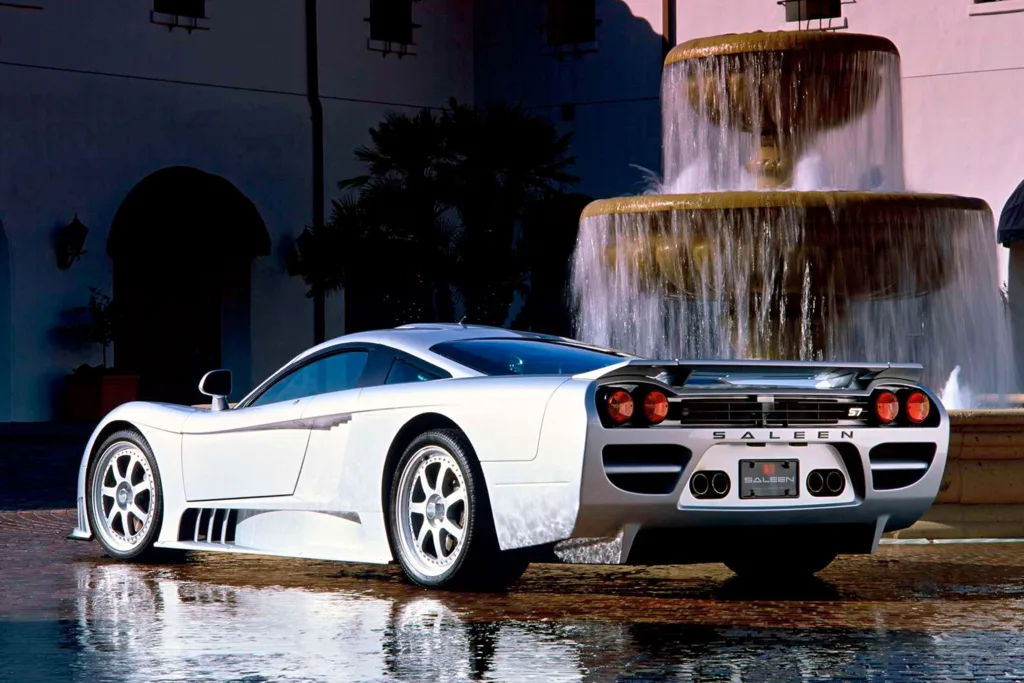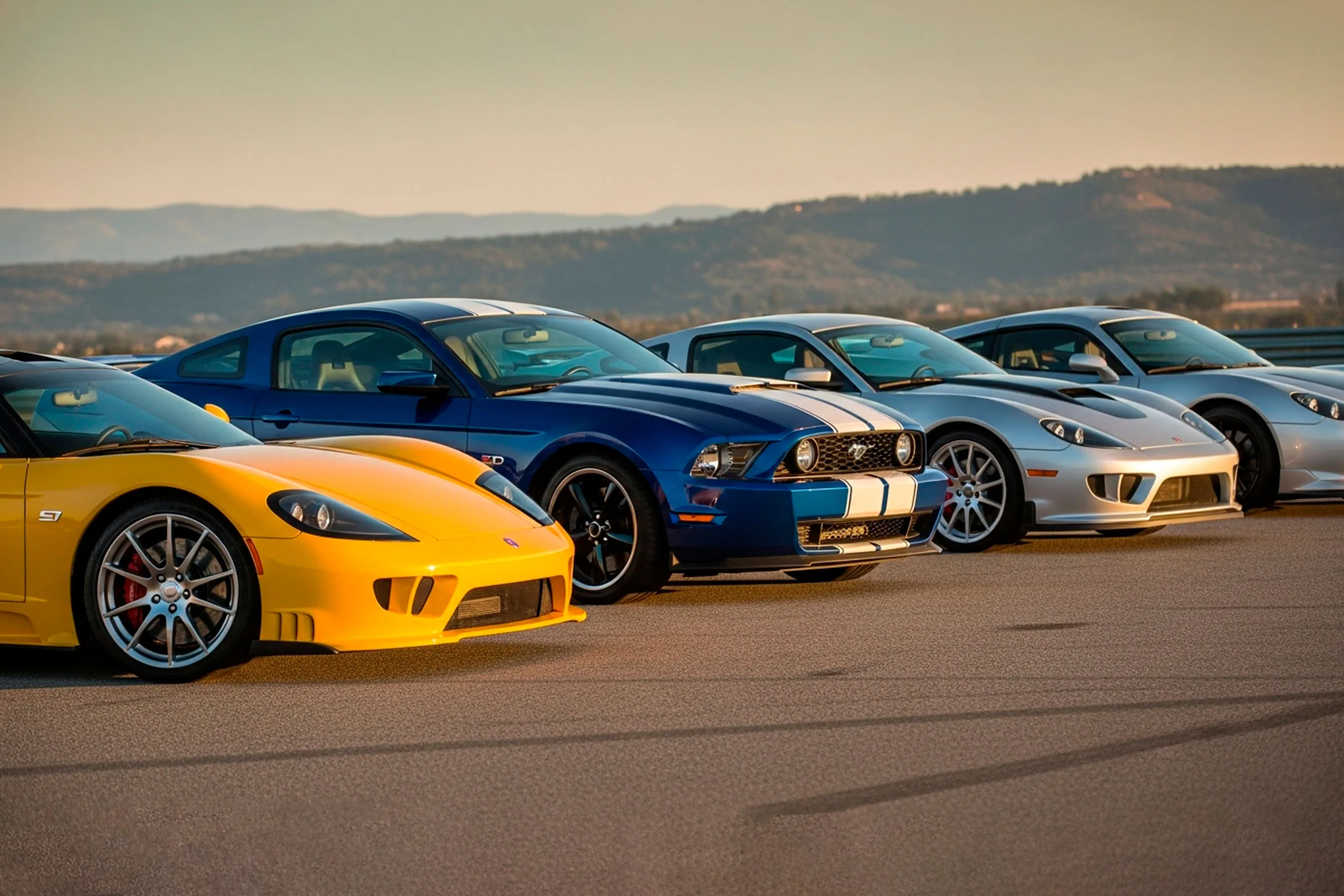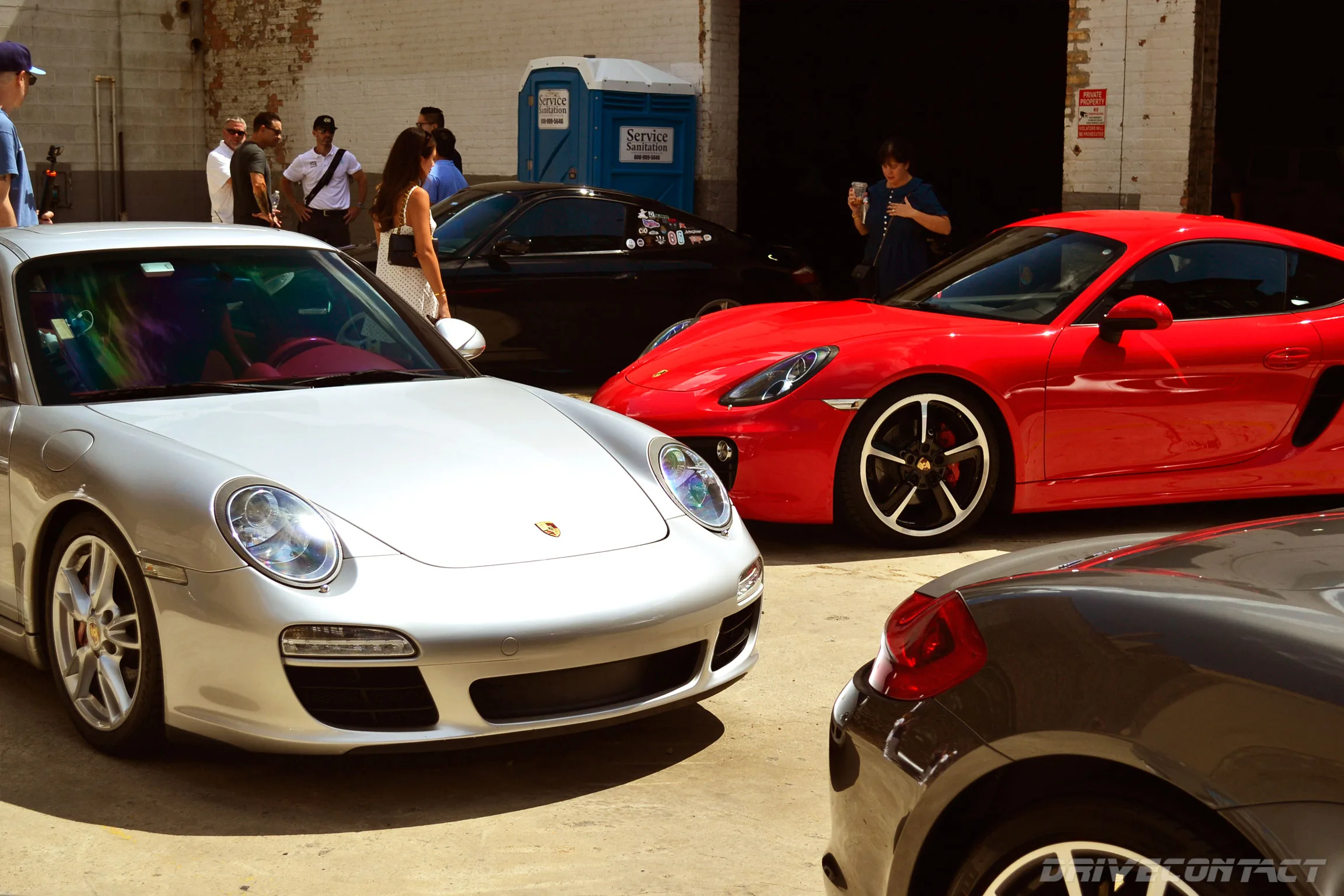For nearly four decades, Saleen Automotive has forged an indelible legacy in the world of American high-performance vehicles.
Founded by former professional racecar driver Steve Saleen in 1983, the company transformed not only Mustangs and trucks but also the very concept of American muscle and bespoke supercars.
Saleen’s portfolio offers a diverse range of groundbreaking vehicles that blend cutting-edge technology, race-derived engineering, and street-legal precision—fostering a dedicated following and a significant impact on the global performance car industry.

Saleen Mustang – The Foundation of a Performance Dynasty (1984–Present)
The cornerstone of the Saleen brand since its inception has been the Saleen Mustang, an expertly tuned and aggressively styled reinterpretation of the iconic Ford Mustang. The first Saleen Mustang emerged in 1984, distinguished by pioneering the application of a certified centrifugal supercharger—the first of its kind on a late-model Mustang. This car featured specially engineered aerodynamic enhancements and suspension upgrades designed to elevate both speed and handling dynamics far beyond stock capabilities.

Throughout the 1980s and 1990s, Saleen continually refined its Mustang lineup with the introduction of models like the S281, S351, and the formidable S302 “Black Label”. These variants pushed horsepower levels as high as 800 hp, offering a remarkable synthesis of raw power, balanced chassis tuning, and race-bred technology for discerning muscle car enthusiasts. Saleen Mustangs became synonymous with American performance excellence, respected for their meticulous craftsmanship and track-proven capabilities.
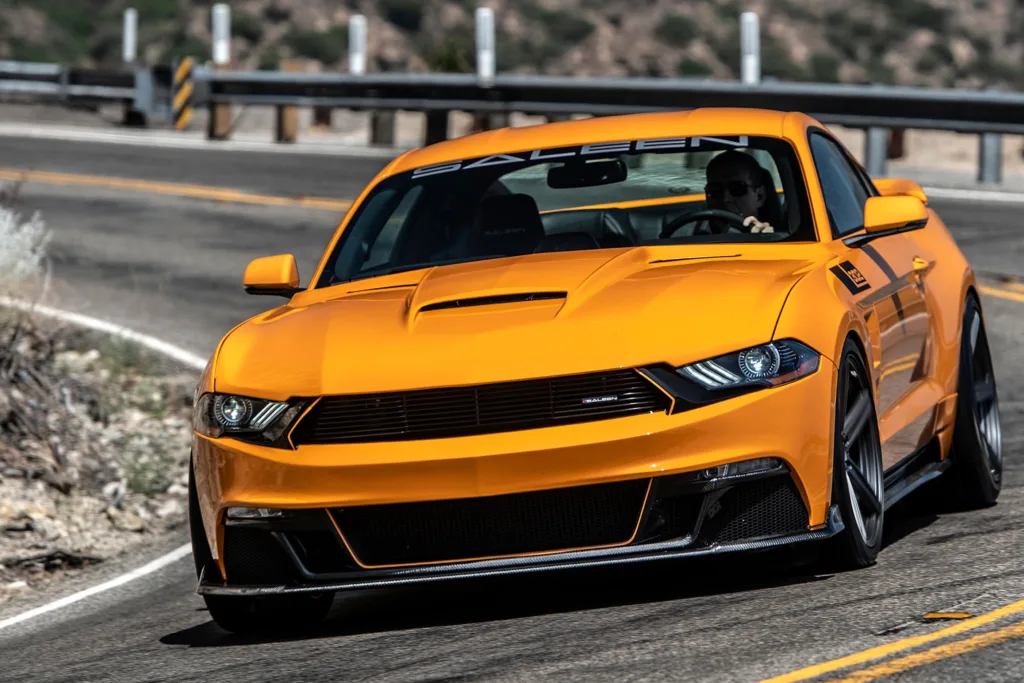
Saleen S7 – America’s First Ground-Up Mid-Engine Supercar (2000–2009)
The 2000 debut of the Saleen S7 marked a watershed moment in both the company’s trajectory and the American supercar landscape. Unlike Saleen’s previous models based on existing platforms, the S7 was engineered from the ground up to be a mid-engine, track-focused supercar. Harnessing an initially naturally aspirated 7.0-liter V8 that produced 550 hp, and later expanded to a twin-turbocharged 750 hp configuration, the S7 exemplified advanced carbon fiber construction and aerodynamic innovation.
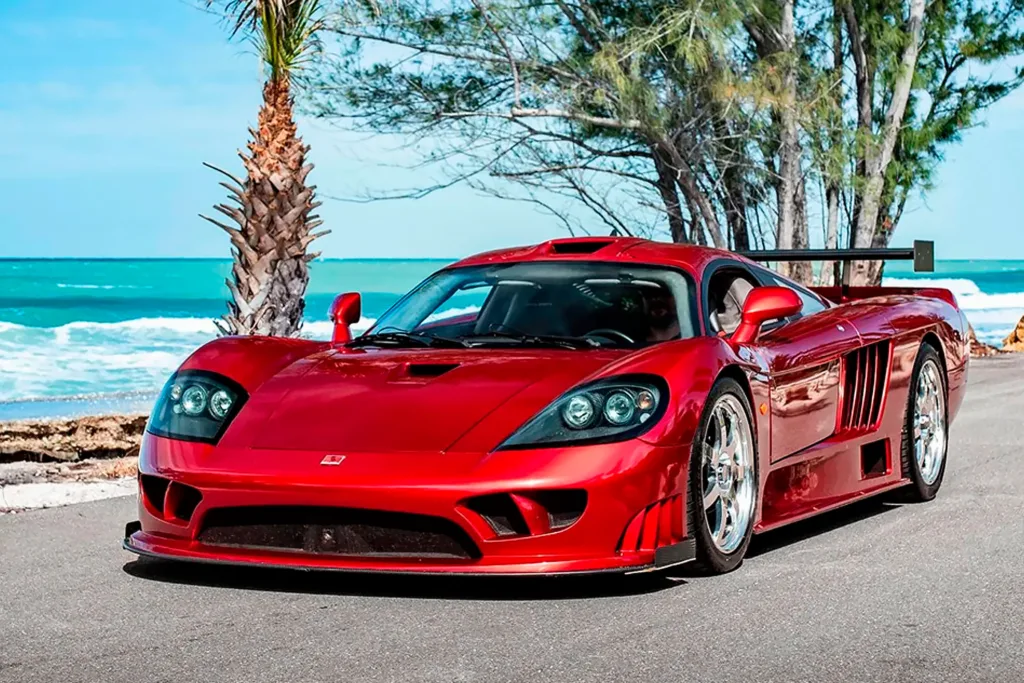
With its aggressive yet elegant butterfly doors, lightweight composite body panels, and a 0-60 mph time of approximately 2.8 seconds, the Saleen S7 was a formidable competitor to Europe’s finest supercars. This exceptional machine also excelled on the racetrack, capturing multiple GT championships and podium finishes in endurance races globally, which elevated Saleen’s reputation as a serious player in high-performance automotive engineering.
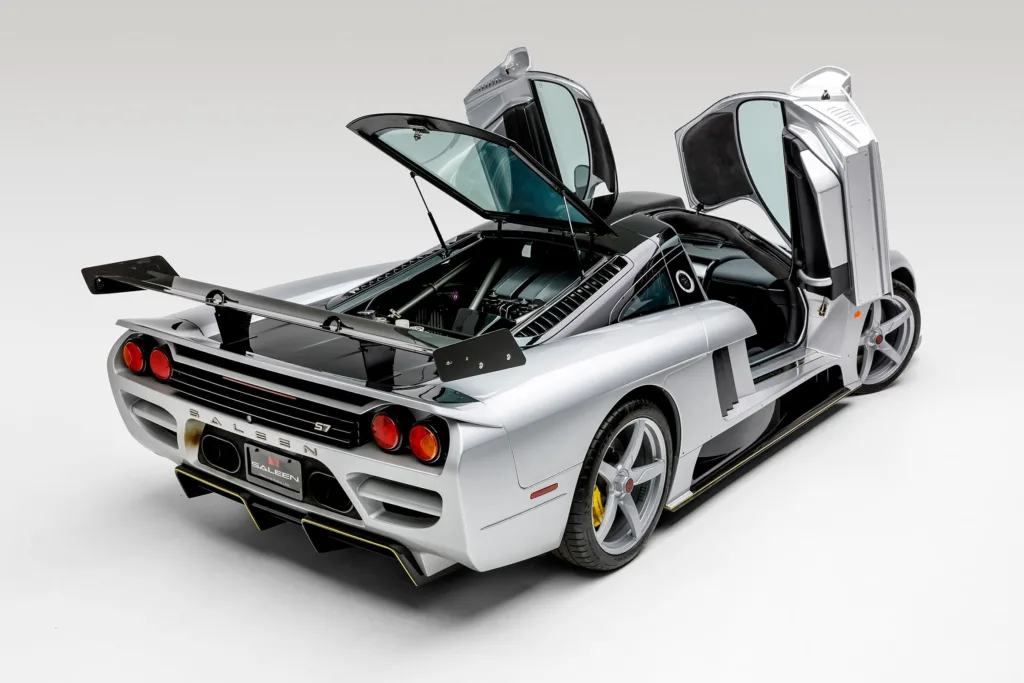
Saleen Sportruck and S331 – High-Performance Trucks Redefined (Late 1980s–2000s)
Innovatively extending their expertise beyond traditional muscle and sports cars, Saleen introduced the Sportruck, a performance-enhanced variant of the Ford F-150 and Ranger pickup trucks. Launched in the late 1980s, these trucks fused practicality with heightened performance, offering customers all-terrain capability without compromising power or handling.

The later Saleen S331 model further pushed the envelope with its supercharged 5.4-liter V8 engine capable of delivering up to 450 hp. Paired with re-engineered suspension components and performance-oriented chassis tuning, the S331 catered to enthusiasts desiring the utility of a truck combined with sportscar-level dynamics—an unconventional but successful niche for Saleen.
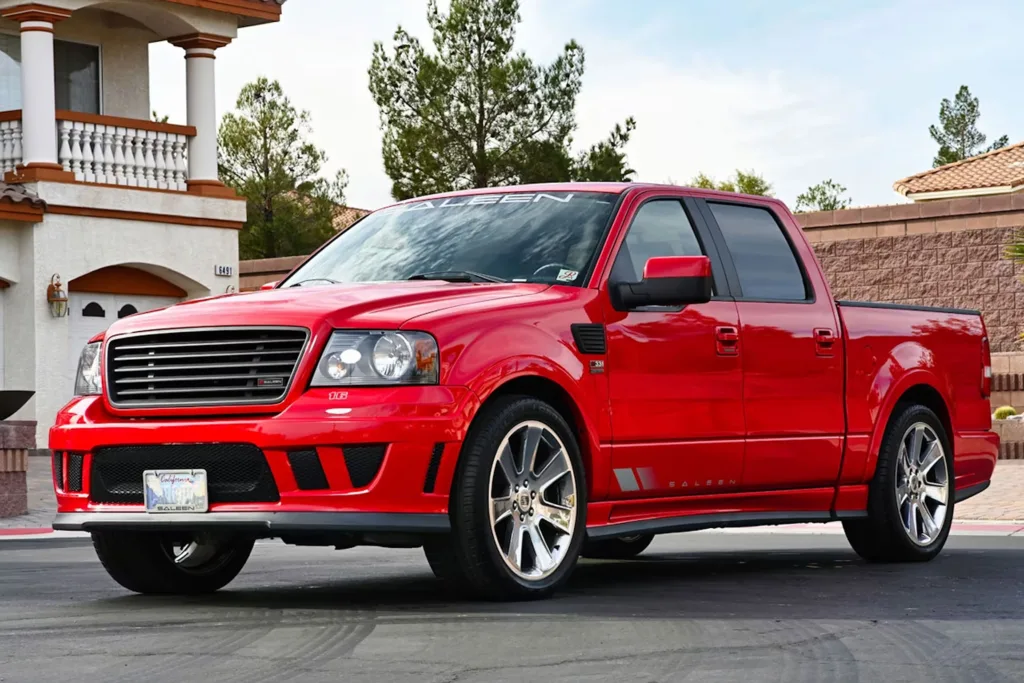
Saleen Parnelli Jones Edition Mustang – Motorsport Homage (2007)
In 2007, Saleen Automotive paid tribute to one of the most revered names in American racing by releasing the Parnelli Jones Edition Mustang. With only 500 units crafted, this special edition Mustang blended heritage aesthetics with modern performance upgrades. Powered by a robust 5.0-liter V8 engine and complemented by a track-focused suspension setup, it captured the essence of Saleen’s motorsport lineage and remains a coveted collectible among enthusiasts, symbolizing the company’s connection to racing history.

Electric Innovation: Saleen Foursixteen and GTX Models (2014–Present)
Demonstrating a forward-thinking approach to automotive technology, Saleen embraced electric performance with the unveiling of the Foursixteen in 2014—a high-performance, heavily modified version of the Tesla Model S. This innovative model fused electric propulsion with Saleen’s hallmark aggressive styling and tuning expertise, signaling the company’s commitment to sustainable performance.
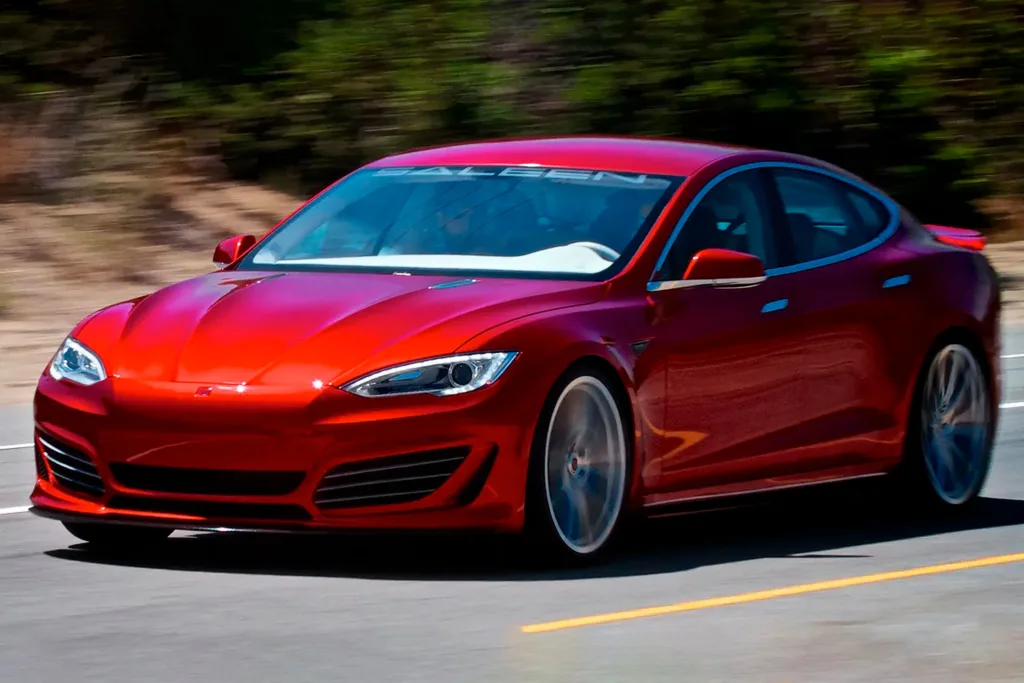
Continuing this electric trajectory is the Saleen GTX, which incorporates aerodynamic enhancements and bespoke tuning for optimized efficiency and driving dynamics. These models illustrate Saleen’s adaptability and anticipation of industry trends leaning towards electrification and environmentally conscious performance solutions.
The Modern Revival: Saleen 1 (S1) Mid-Engine Sports Car (2017–Present)
The introduction of the Saleen 1 in 2017 marked Saleen’s strategic reentry into the competitive mid-engine supercar sector. Powered by a modern 2.5-liter turbocharged four-cylinder engine delivering 450 horsepower, the Saleen 1 is designed with lightweight materials and aerodynamic advances to challenge international peers.
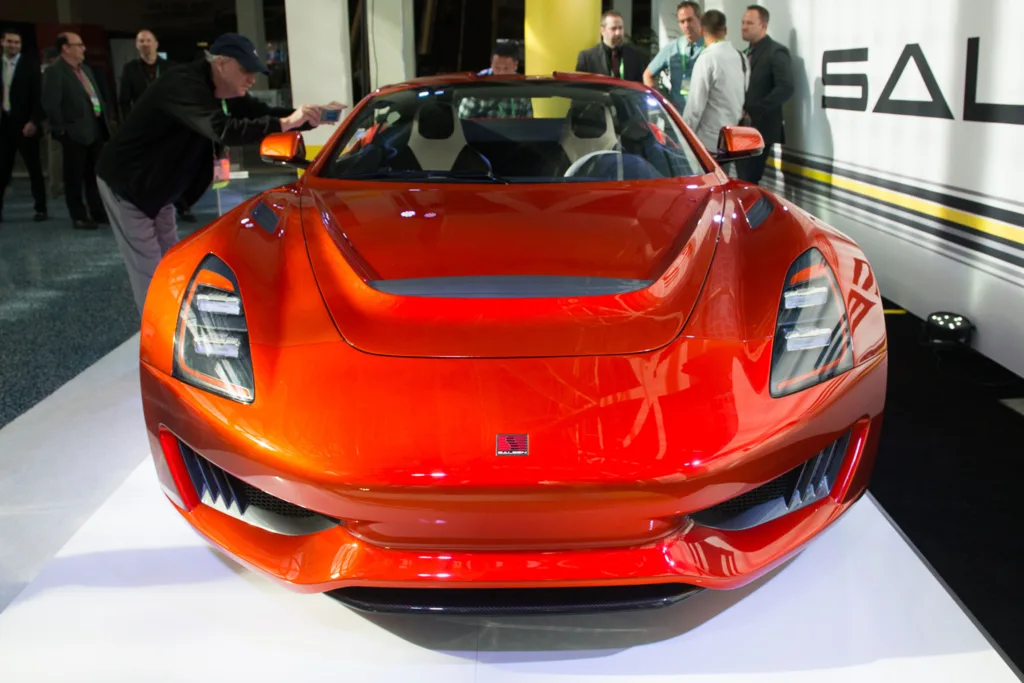
This sports car embodies Saleen’s dedication to craftsmanship and precision, reconnecting with the company’s roots in engineering innovation while appealing to a new generation of enthusiasts seeking capable and exotic American performance cars.
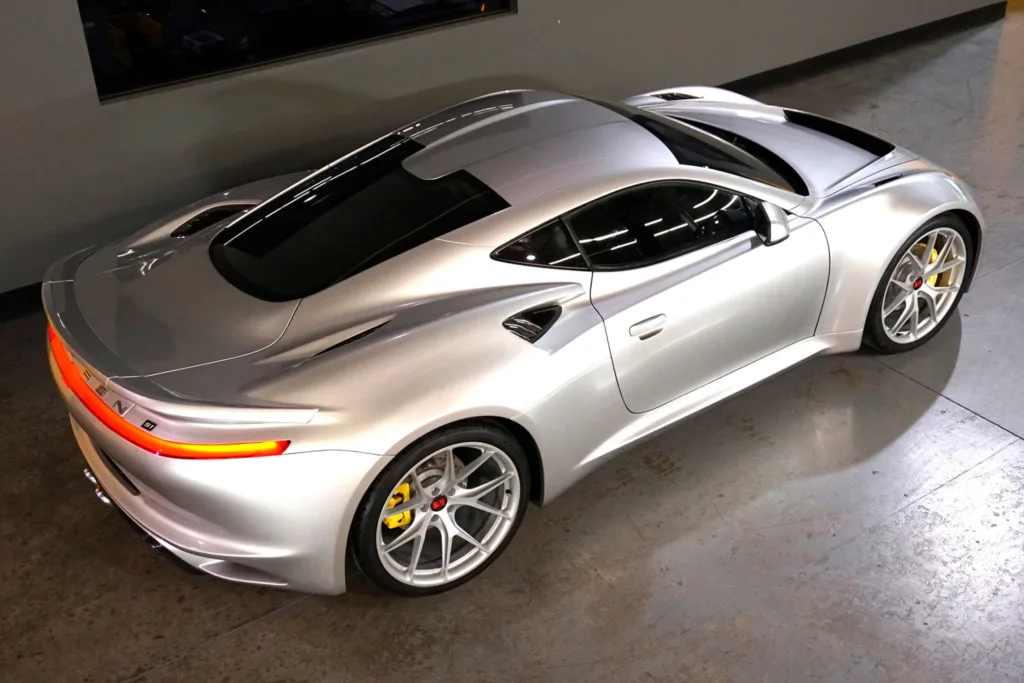
Conclusion: An Enduring Legacy of Innovation and Performance
From its revolutionary Mustang beginnings to the creation of a true American supercar with the S7 and its ongoing evolution into electric and modern sports cars, Saleen Automotive exemplifies the relentless pursuit of automotive excellence. Each iconic model tells a story of innovative engineering, motorsport passion, and American muscle car culture.
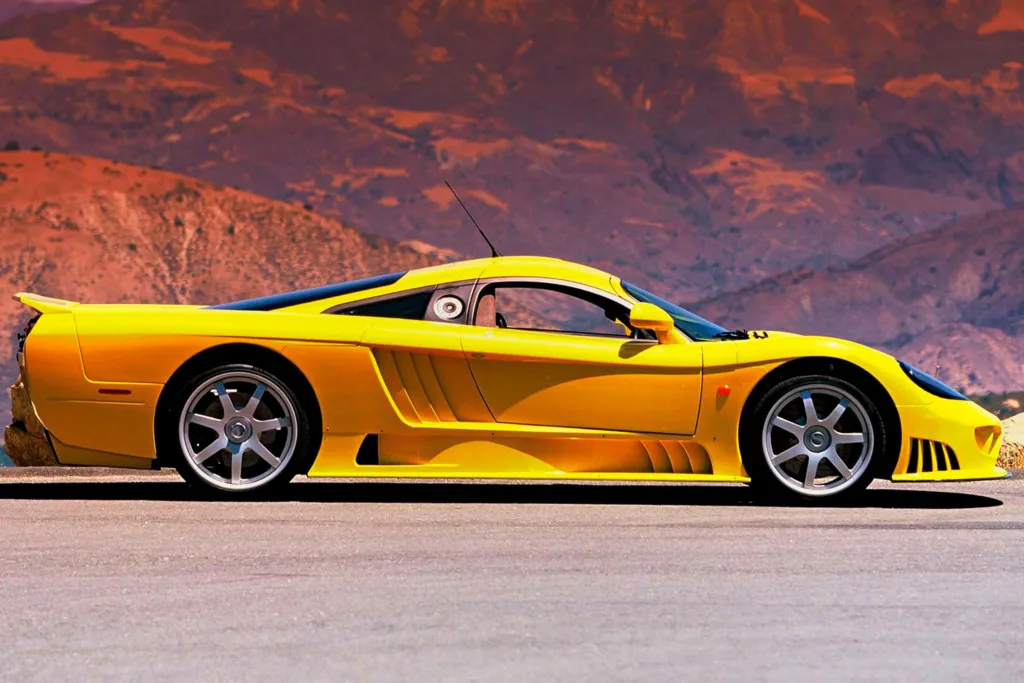
With a unique blend of heritage and forward-looking technology, Saleen remains a formidable name, inspiring passion and performance across the global automotive landscape for decades to come.
